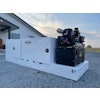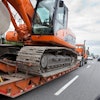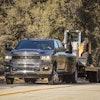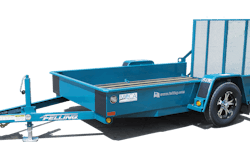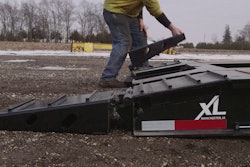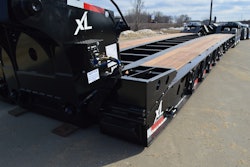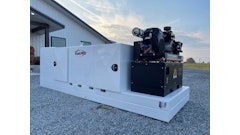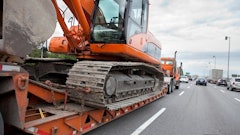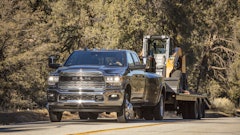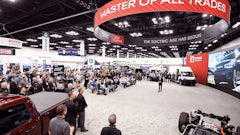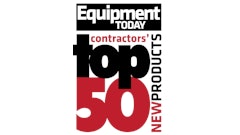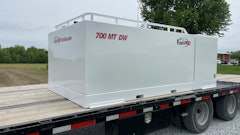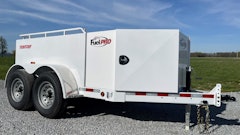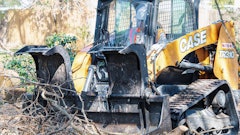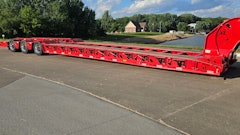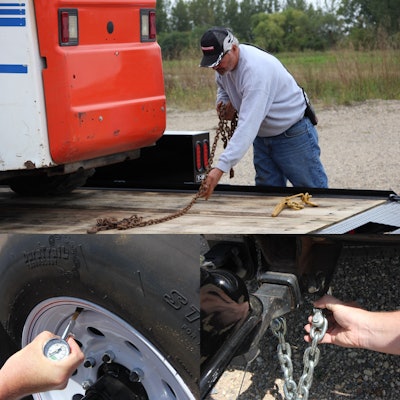
Each year we write about trailer safety and this year is no different. It’s a great reminder as we venture out on the road hauling our equipment from job to job that we need to be safe as we do so. “I have a wife and kids out on the road,” Ryan Kral, Towmaster Parts and Service Manager exclaims, “and I want people to be safe when they are using a trailer of any kind.” With that said, I sat down with Ryan and asked him from his perspective, what would he suggest people do to be safe with a trailer.
“The first thing I would do is make sure you read the VIN (Vehicle Identification Number) tag as that will tell you how much weight you can legally haul on your trailer.” He stated. “Then from there, pay close attention. The next thing you need to do is make sure the tow vehicle can tow that load. Hook the trailer up and make sure the safety chains are attached, the hitch is locked down, and most importantly that the electric brake safety cable is properly attached to the vehicle, not to the safety chains.”
There are a lot of things to keep in mind as you prepare for hauling equipment, such as making sure your tires are properly inflated, not exceeding the speed the tires are rated for, and making sure the lug nuts are tight and rechecking them often. Electrical connections, trailer lights, and electric brakes are of the other items that need to be checked each time you hook up.
“Properly loading the trailer is another area of safety concern,” Ryan continues, “where the weight is distributed over the axles makes a huge difference on how that trailer is controlled by the tow vehicle. You need to make sure that you have between 10% and 20% of the GVWR of the trailer and load on the tow vehicle hitch. If there is not enough weight transferred to the tow hitch, the trailer will have a tendency to sway. In fact, it’s better to have a little too much weight transferred than not enough.”
The best way to distribute the weight of the equipment on a trailer is to put most of it over the axles with a little just ahead of the axles. If you are hauling a skid-loader with a bucket, and also an attachment, know how much that equipment weighs, place the attachment in front of the skid-loader far enough so that you can move the skid-loader accordingly to get the weight properly distributed over the axles.
“Finally, make sure you chain each piece of equipment to the trailer at four opposing positions,” Ryan says, “at four tie-down points across from each other. You shouldn’t run a chain through two points and only use one binder. That may not be legal.” Speaking of legalities, each state has its own laws regarding hauling equipment and weight limits. Make sure you check your local laws for hauling equipment and using a trailer.
Some of the other things to keep in mind when loading or unloading equipment are making sure you are on level ground, make sure the loading zone is open and clear, make sure the trailer is attached to the vehicle, make sure the tow vehicle parking brake is set, and use wheel chocks as necessary.
Using a trailer and hauling equipment isn’t hard, you just need to keep safety in mind as you go down the road. We all want to go home to our families at the end of the day.
